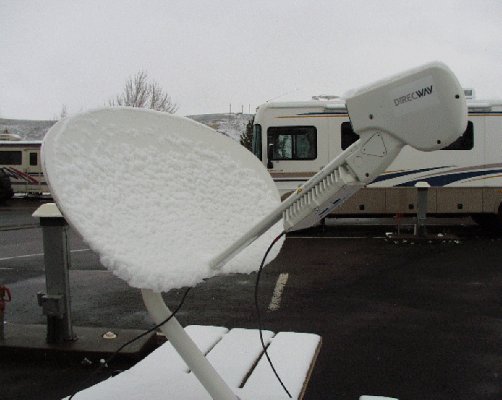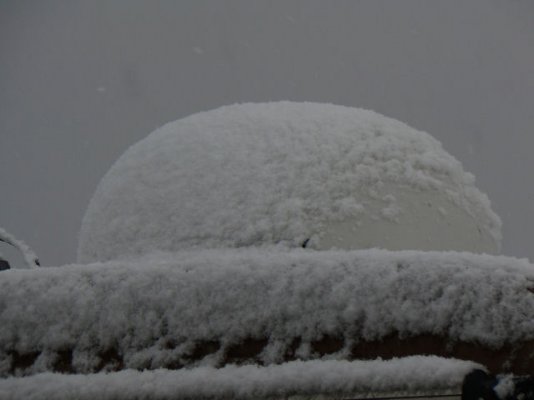SCVJeff
Well-known member
- Joined
- Jan 20, 2007
- Posts
- 1,304
Sorry.. It's not a myth and the proof can be found on any microwave license on file at the FCC. Part of the ERP power calculation is the LOSS of the fiberglass dome on the dish, exactly the same composition found on a DSS dome antenna that is already at rx threshold in a lot of cases. Now add a dome for an extra 1-3db (+ moisture gathered on the surface), and you're asking for trouble. Maybe not today, and maybe not for most people, but it's a well known fact that anything you place in front of any MW antenna: satellite or terrestrial will cause attenuation. There is absolutely no substation for gain, and it's not going to come from that cute little reflector in the domes cannot compared to a Motosat or Winegard.


